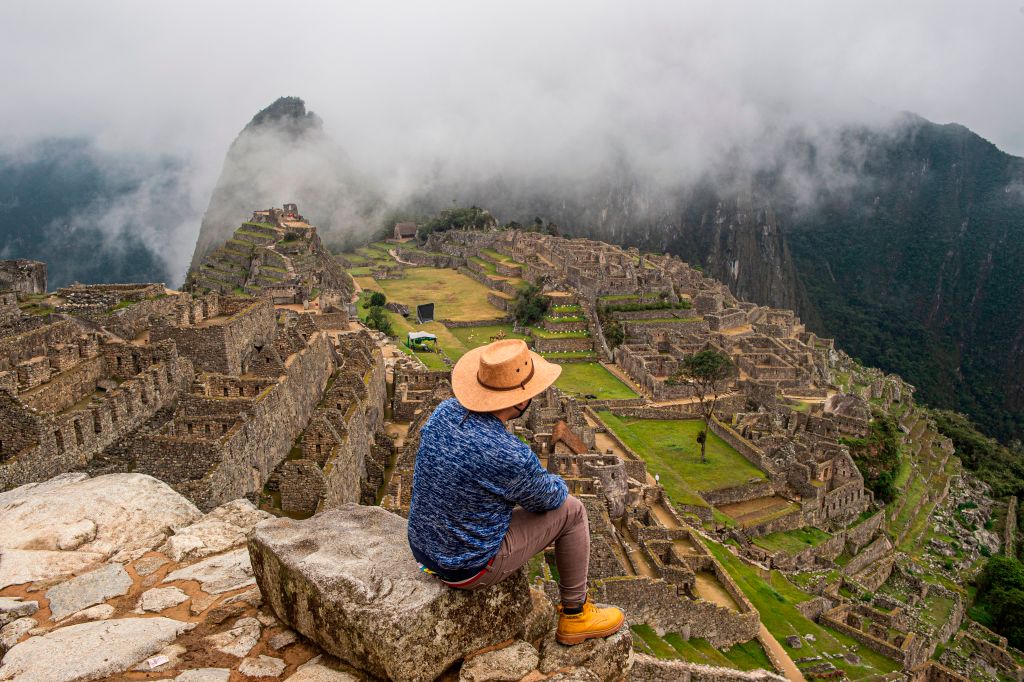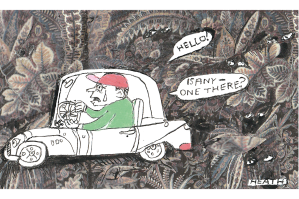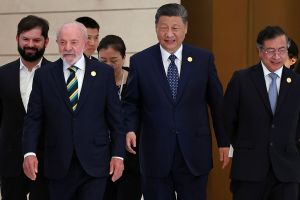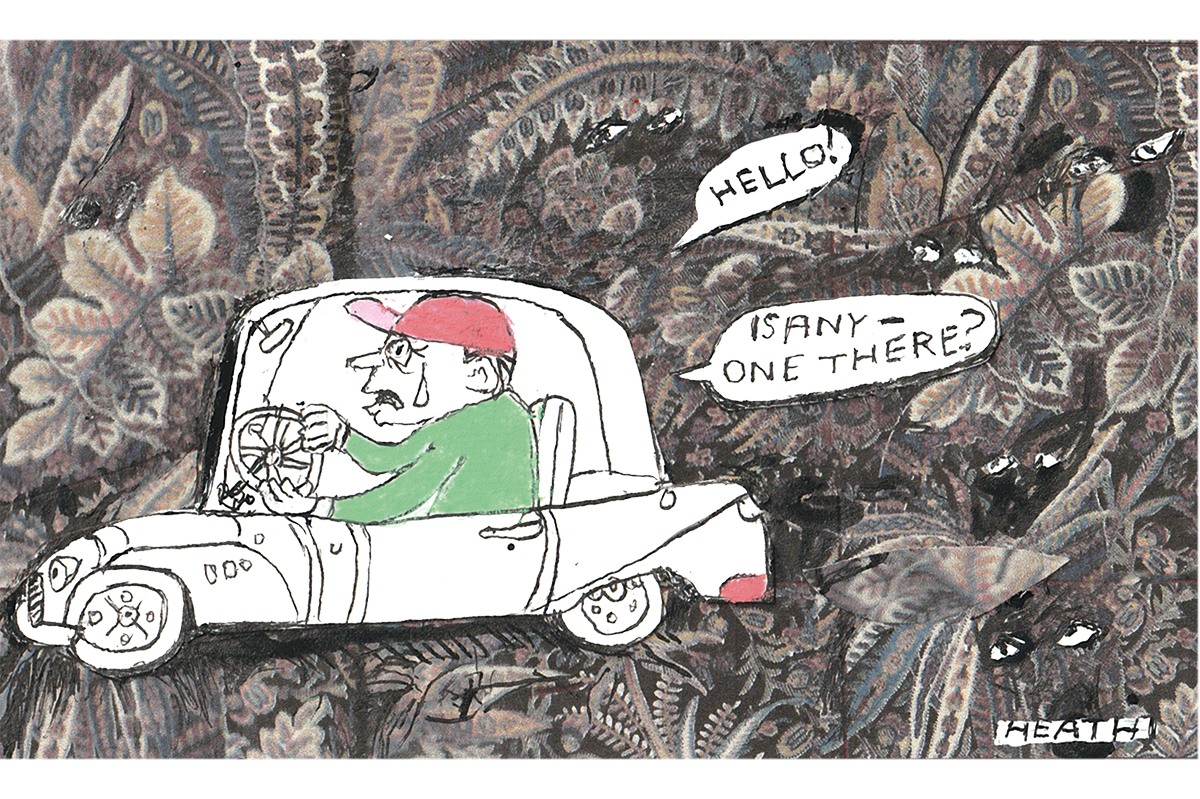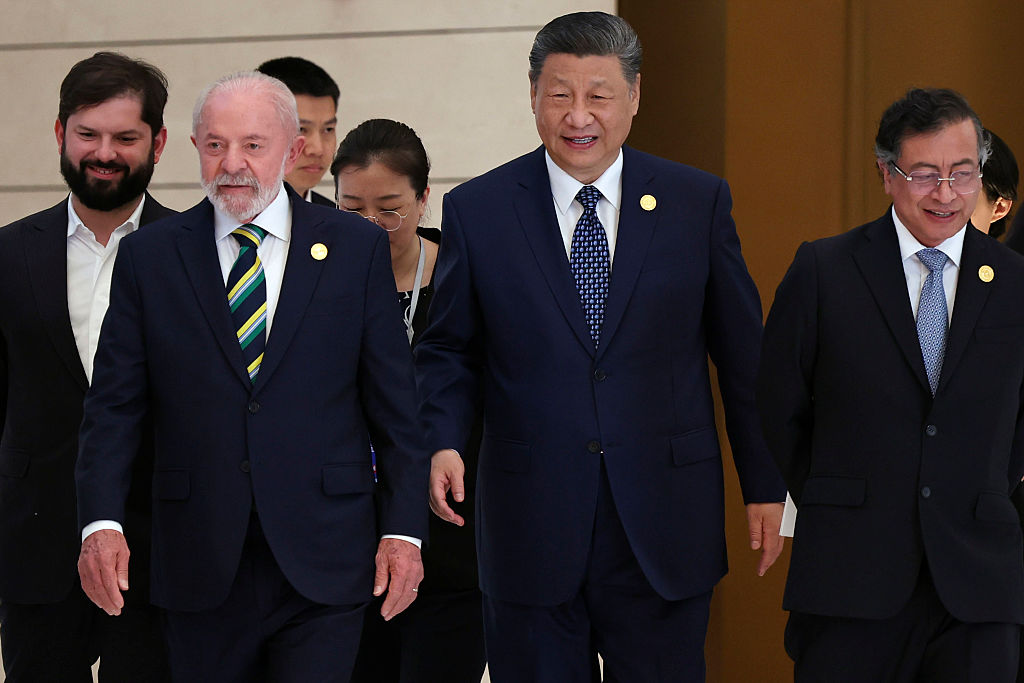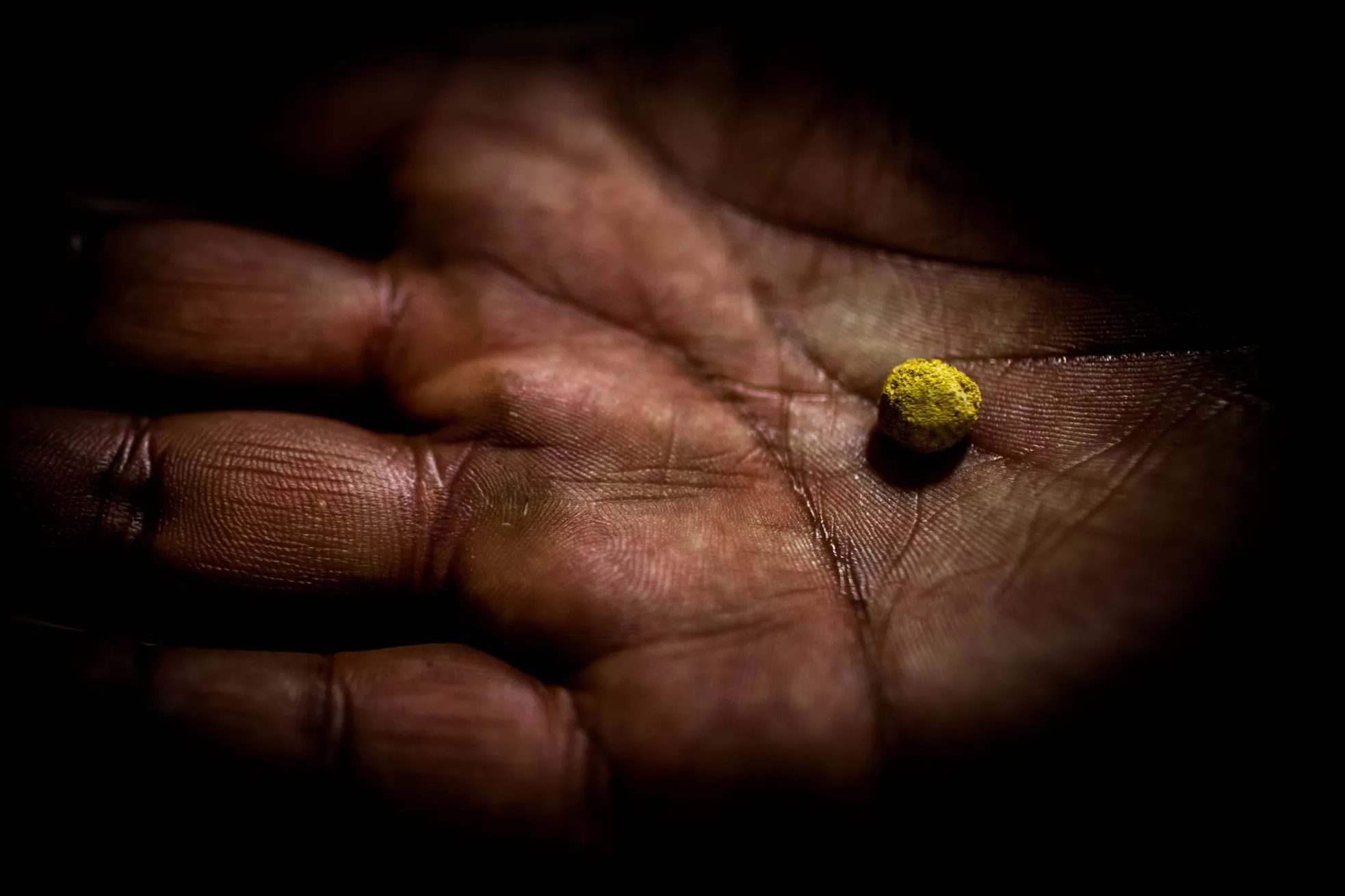I was born and raised in Sheffield, a proud steel-making city which drew much of its energy from a sense of under-appreciation. Manchester had the airport, York and Leeds the fast mainline to London. Film stars went to Birmingham for premières. But we were part of Yorkshire, the greatest of English counties, with more acres than words in the Bible. Yorkshire tea, Yorkshire pudding. Yorkshire grit. Now the grit has got caught in the works following the cricket scandal. It could be a long time before the Yorkshire brand recovers.
One great Yorkshire institution is Bettys of Harrogate, which provides tea, cakes and respectability to the ladies of God’s Own County. I was having a coffee in its Ilkley branch while filming A Private Function, when Alan Bennett, frustrated by the lack of local urinals big enough for a scene in which the town bigwigs confront me while I’m having a pee, appeared with a smile on his face. In a stage whisper loud enough to turn freshly permed heads right across the teashop, he cried: “Good news! We’ve found a lavatory in London that’ll take ten.”
Russian authorities are moving to close down the activities of the human rights group International Memorial. Its work in archiving details of those who died in their millions in Stalin’s Gulag camps doesn’t chime well with Putin. I’ve visited the site of one such camp, in the bleak Kolyma region of the Russian far east. What struck me was its comprehensive isolation. It’s so far away from anywhere that inmates could be worked to death and forgotten without anyone knowing. If, as planned, the authorities liquidate International Memorial’s archive, the spirit of the Gulags will have returned.
In all the global-warming figures I’ve seen since COP26, one stands out. In 1943, when I was born, the Earth’s population was 2.3 billion. Now it is nudging eight billion. That’s all you need to know about the causes of global warming. To satisfy this massive, unprecedented growth, we’re taking the place apart. Perhaps they should substitute the daily Covid figures for population figures.
Do animals get bored? I’ve been wondering about this since visiting the rectory my great-grandfather built in a village in Herefordshire. Below the house is a small paddock, home to three geese and a sheep called Hilda. The geese are a truculent trio, staring suspiciously out through the wire, hopeful someone will feed them three times a day by mistake. Hilda, brown and white mottled, is the one I worry about. She nibbles occasionally at the grass or simply stands there as she has done for ten years, taking little interest in either the Welsh hills or the mid-Victorian rectory. I watched her doing nothing with envy, and was reassured by her owners that she thinks she’s a goose.
Back home, our idyllic surroundings are, or were, the gentle slopes in front of Kenwood House. For the past few years English Heritage (or Historic England as it now is) has loaned out Humphry Repton’s sweeping grassy banks for private events, installed on an industrial scale with trucks, generators and boards laid down on the grass. The footprint left can be seen long after the lifters have gone. Strips of dead grass ripped up, swaths of brown and black where access tracks have been laid. A once-green surface that will take months, if not years, to recover. Historic England will say it’s all about raising money, but if you have to destroy something to preserve it, what’s the point?
The two questions I’m most often asked about my travels are, “Is there anywhere you haven’t been?,” to which I used to reply “Middlesbrough,” and “What is your favorite country?” This is impossible to answer, but there is one country through which I can remember almost every inch of my progress — Peru. The magnificence of her mountain landscape was one thing, but what caught my imagination was something John Hemming pinned down in his book The Conquest of the Incas. Peru was, he writes, “the last advanced civilization completely isolated from the rest of mankind.” What this isolated civilization produced is the scale and purpose of a recent exhibition at the British Museum. It goes back beyond the Incas to show textiles, carvings, sculptures and jewelry of complexity and confidence created more than 2,000 years ago. If ever an exhibition deserves the overused compliment “eye-opener,” it’s this one. It makes me aware my choice of favorite country was not as arbitrary as I thought.
This article was originally published in The Spectator’s UK magazine. Subscribe to the World edition here.



